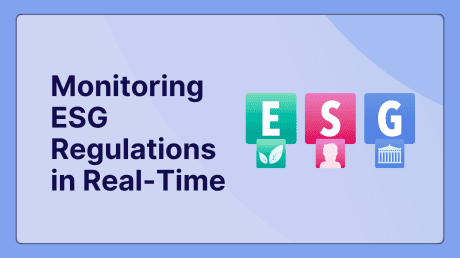
New WEEE Rules for Dominican Republic


The aim of this draft is to establish the environmental technical requirements for the management and final disposal of WEEE in order to prevent and control its negative impact on the environment and human health.
The regulation would apply to any individual or legal entity carrying out the activities that involve the management and final disposal of WEEE in the national territory, and particularly companies engaged in the manufacture, marketing, assembly, and distribution of electrical and electronic equipment (EEE), and the treatment and final disposal of WEEE.
In accordance with Article 5, any company carrying out the WEEE management activities must register with the Ministry of Environment and Natural Resources to obtain the corresponding environmental authorization according to the requirements that this process involves.
In addition, every environmental manager shall comply with the technical and environmental requirements established by the Ministry of Environment and Natural Resources, without prejudice to other requirements of competent authorities regarding the proper management and final disposal of WEEE.
Technical requirements for collection and collection points or temporary storage of WEEE
As per Article 11, collection of WEEE shall comply with the following handling requirements:
- The centers or collection points must be roofed and protected from environmental conditions;
- WEEE shall be temporarily deposited in containers, or in boxes, facilitating their loading in transport to the storage point;
- Perform the classification according to the different WEEE categories or types specified in this regulation, to facilitate its subsequent delivery to specialized companies;
- WEEE storage containers shall be properly identified;
- For the collection and storage of disused printing and photocopying equipment, an ink spill collection system must be available to prevent contamination of the environment and other components transported together;
- WEEE containing hazardous substances, including fluorescent or mercury lamps, must be collected or stored separately from other WEEE in specific containers which do not contain incompatible substances. The containers must be waterproof and properly identified.
In Articles 12 and 13, the draft further introduces the technical requirements for the transport and long-term storage of WEEE.
In accordance with Article 14, companies engaged in the manufacture, assembly and distribution of EEE must provide information to end users on the prohibition of disposing of WEEE together with domestic solid waste.
Each manufacturer, distributor and repairer of EEE as well as WEEE collectors must have an adequate classification and storage system for the waste within their company until it is discharged to an authorized manager.
As part of the extended responsibility of the manufacturer, distributor and repairer of EEE, the mechanisms for the collection of WEEE must be put in place encouraging the users to properly manage the WEEE.
In addition, pursuant to Article 22, it is prohibited to:
- dispose of WEEE together with the solid household or general waste;
- carry out the treatment and final disposal of WEEE without having the corresponding environmental authorization.
Finally, as per Article 23, failure to comply with these regulations as well as other environmental provisions in force will be sanctioned in accordance with Law No. 64-00 and the Regulation for Environmental Control, Surveillance and Inspection and Application of Administrative Sanctions, without prejudice to any other provisions governing the matter.
To see how you can stay on top of global regulations relating to e-waste, why don’t you Talk to Us today!








